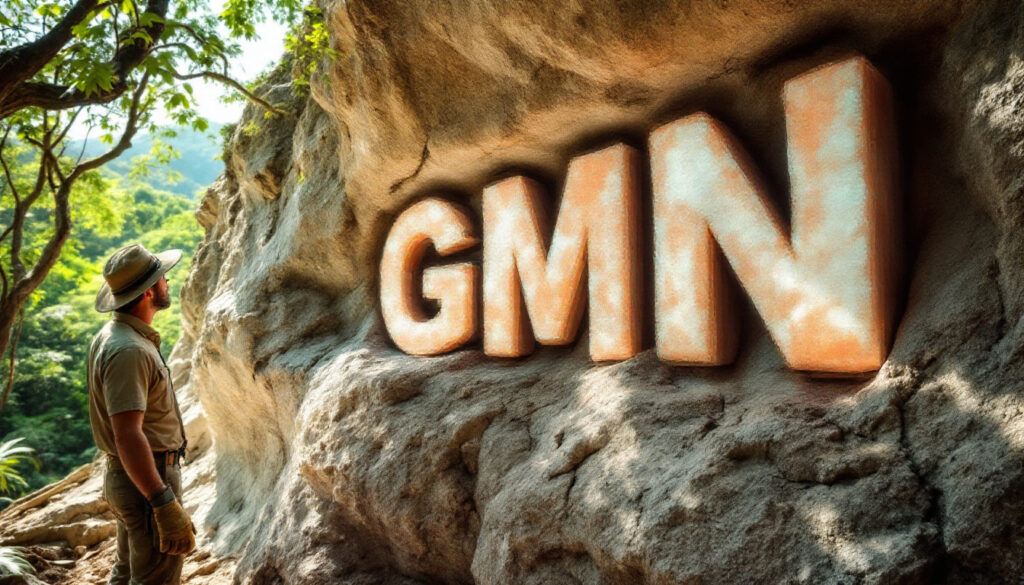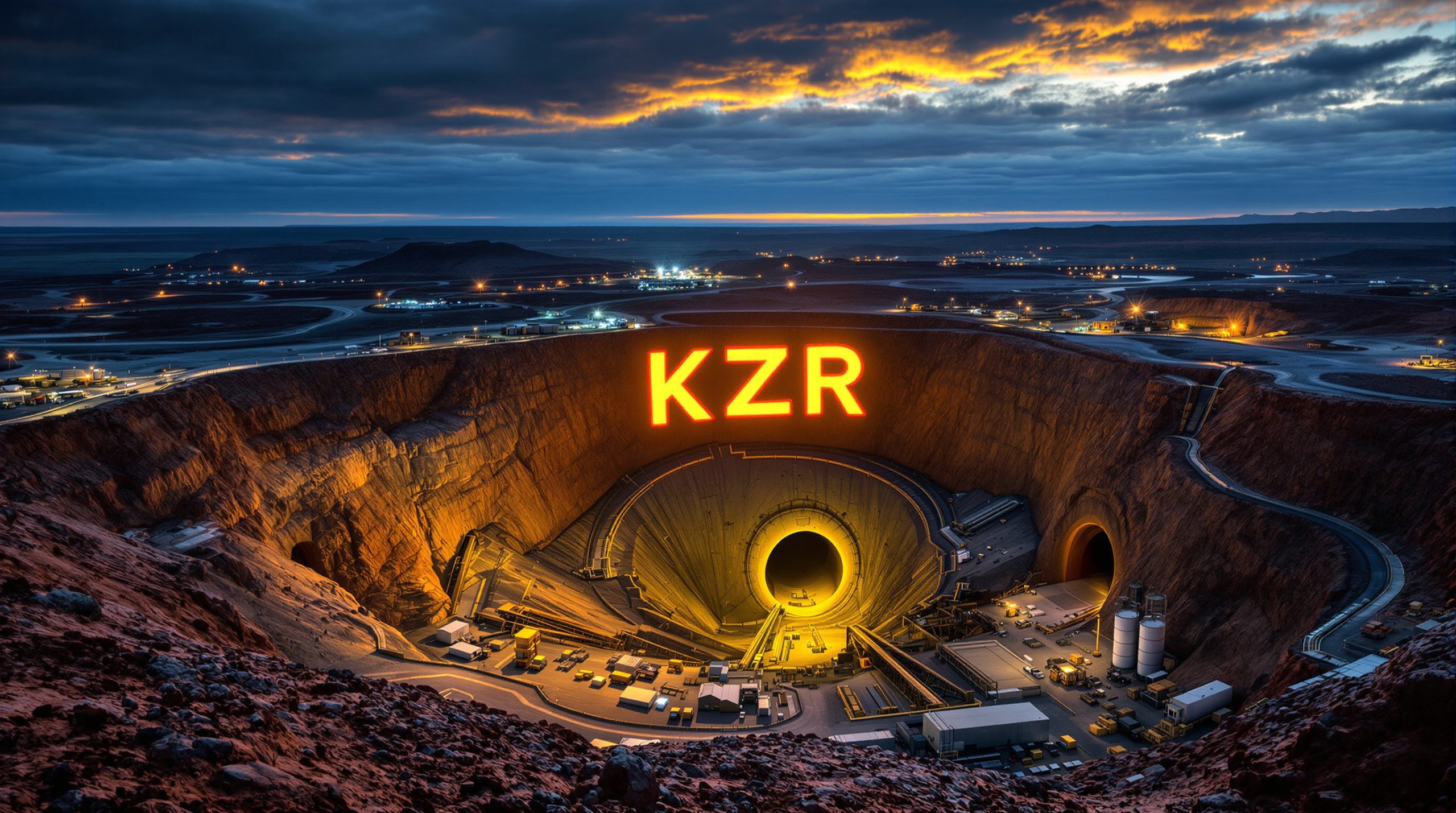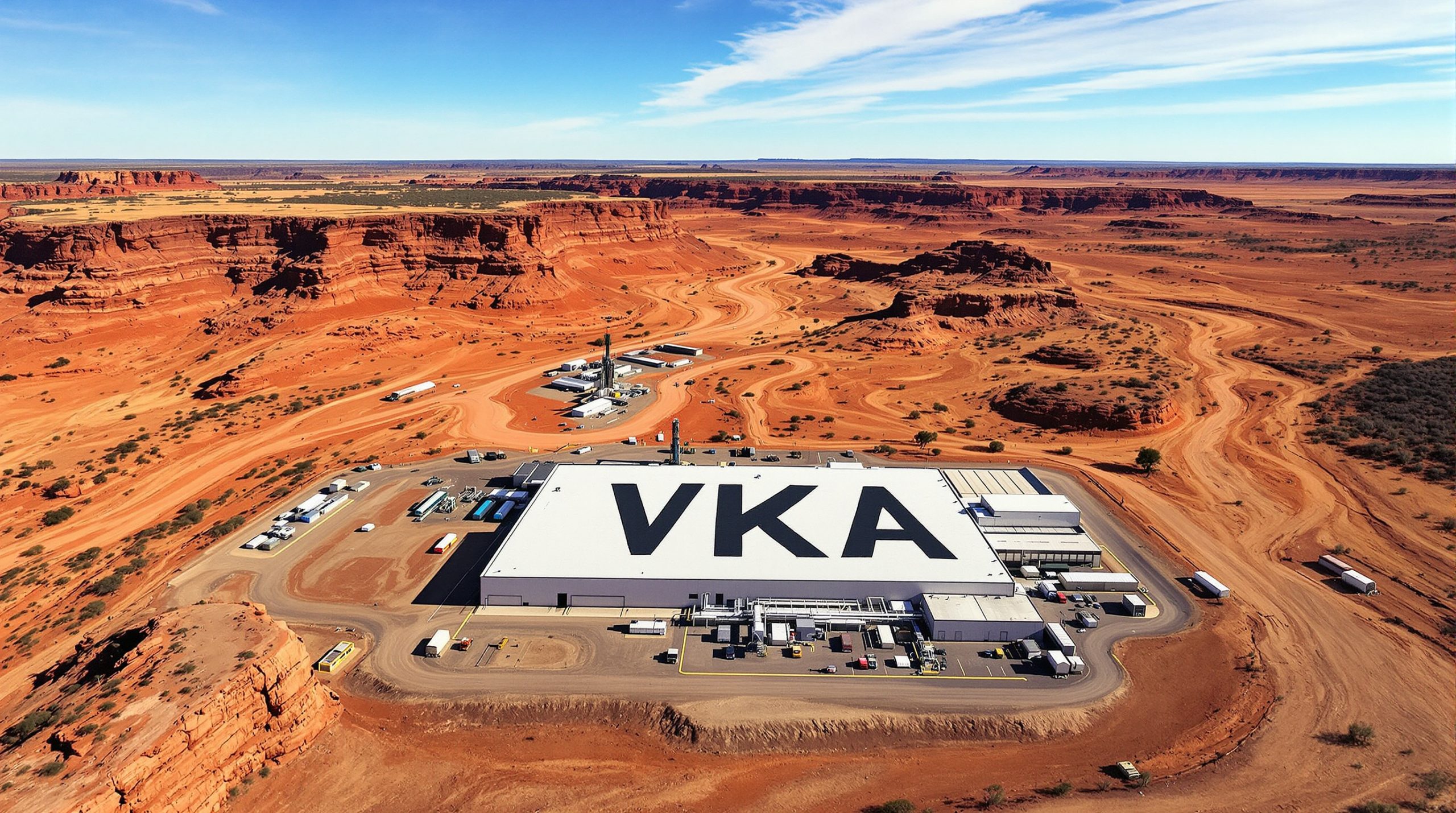Gold Mountain Unearths Promising Lithium Anomalies at Agua Boa
Gold Mountain Limited (ASX: GMN) has announced significant results from its initial soil sampling program at the Agua Boa tenement within its Lithium Valley Project in Brazil, revealing substantial lithium anomalies and LCT (Lithium-Cesium-Tantalum) pathfinder elements that strengthen the project's prospectivity.
Strong Lithium Indicators Across Multiple Zones
Initial results from 146 soil samples have identified major lithium anomalies spanning a 1.2-kilometer strike in the northern part of the soil grid, with coincident rubidium, tin, thallium, caesium, and beryllium anomalies. These elements are key indicators of lithium-bearing pegmatites—the primary host rock for hard-rock lithium deposits.
The Agua Boa tenement sits along regional structural strike from the Collina deposit owned by PLS (formerly Pilbara Minerals), positioning it in a highly prospective lithium corridor. While proximity doesn't guarantee similar results, the regional setting provides valuable context for targeting exploration efforts.
David Evans, Managing Director of Gold Mountain, expressed confidence in the findings: "The strong lithium and pathfinder anomalies identified at the Agua Boa tenement, along with the presence of pegmatite extensions, confirm the significant potential of this project."
Preliminary Results Show Strategic Potential
Key highlights from the exploration program include:
- Assays from 400-meter spaced soil sampling lines with samples taken at 50-meter intervals
- Results covering 17% of the tenement area, with 34% already sampled
- Strong lithium and pathfinder anomalies over 1.2 km strike in the northern part of the grid
- Presence of tin anomalies suggesting potential pegmatite extensions beneath laterite cover
The company has also documented numerous pegmatites during fieldwork, including some up to 10 meters wide, and identified areas containing large quartz boulders that potentially represent quartz cores of pegmatites. These features often coincide with lithium and lithium pathfinder anomalies.
Understanding Laterite and Lithium Exploration
A critical aspect of Gold Mountain Ltd lithium exploration in Brazil is understanding how lateritic weathering affects lithium detection in soil samples. Laterite is a soil type formed in hot, wet tropical areas through intense weathering of the underlying rock. In lateritic environments, lithium is often completely leached (washed away) from surface soils but may increase at depth.
This weathering pattern explains why some areas show strong pathfinder element anomalies (like tin, rubidium, and beryllium) even when lithium itself isn't detected at the surface. The presence of these pathfinder elements in laterite suggests potential pegmatite extensions beneath the weathered surface layer.
"Recognising geochemical zoning within the soil, relative to its position in the weathering profile, enhances the ability to trace lithium-bearing LCT pegmatite continuity," the company explained in its announcement.
Regional Structural Setting Enhances Prospectivity
The Agua Boa tenement shows strong NE to ENE regional structural trends, which run subparallel to the Pilbara Minerals "Lithium Corridor." This alignment with regional structural trends reinforces the exploration model and provides confidence in the next steps.
Most pegmatites observed in the field were oriented either near north-south or east-west. However, with the widely spaced sample lines, the orientation of anomalous responses has been interpreted along the regional NE trend.
Clear Path Forward
Gold Mountain has outlined a comprehensive future work plan:
- Complete soil sample coverage of the remaining 66% of the tenement
- Add soil sampling lines to follow up anomalies defined by current results
- Continue detailed mapping to refine identified LCT pegmatite anomalies
- Define lithium drilling targets
- Obtain environmental permits for drilling
Investment Thesis: Strategic Position in Brazil's Emerging Lithium Province
Gold Mountain Ltd lithium exploration in Brazil has positioned the company in a strategically significant area of Brazil's emerging lithium province. The company's Lithium Valley Project sits in proximity to PLS's Collina deposit and tenements held by major explorers including Rio Tinto.
The early exploration results demonstrate several key strengths:
- Strategic Location: Positioned along structural trends from known lithium deposits
- Multiple Anomalies: Identified strong lithium and pathfinder anomalies across multiple zones
- Visual Confirmation: Observed pegmatites up to 10 meters wide during field mapping
- Artisanal Mining History: Discovered artisanal mines for gem tourmaline and quartz in the tenement, indicating mineralised systems
- Systematic Approach: Implementing a methodical exploration program with clear milestones
Why Investors Should Follow Gold Mountain
Gold Mountain represents an early-stage opportunity in Brazil's growing lithium sector. With global lithium demand projected to rise significantly to support the electric vehicle and energy storage revolution, companies with promising exploration projects in established lithium provinces merit investor attention.
The company's diverse portfolio extends beyond lithium, with rare earth elements, copper, and gold projects in Brazil and Papua New Guinea, providing exposure to multiple critical minerals.
For investors interested in the critical minerals sector, particularly mining's role in the clean energy transition, Gold Mountain offers:
- Early-mover advantage in an emerging lithium district with promising initial results
- Systematic exploration approach with clear milestones and development plans
- Strategic positioning near established deposits and major mining companies like those behind Rio Tinto's $2.5B Rincon lithium expansion
- Diversified portfolio across multiple critical minerals and jurisdictions
- Experienced technical team with knowledge of Brazilian geology and lithium exploration
As Gold Mountain Ltd lithium exploration in Brazil continues at Agua Boa and the company defines drilling targets, investors should watch for further soil sampling results, the identification of priority drill targets, and the commencement of drilling programs that will test the true potential of these lithium anomalies.
Understanding Lithium Exploration and LCT Pegmatites
Lithium exploration is centred around identifying and evaluating deposits of lithium-bearing minerals. The most common sources of lithium are found in brines, sedimentary deposits, and hard-rock sources like pegmatites. In the case of Gold Mountain's projects in Brazil, the focus is on LCT pegmatites.
LCT (Lithium-Cesium-Tantalum) pegmatites are distinctive igneous rocks characterised by extremely coarse crystal growth. These rocks form during the final stages of magma crystallisation, when residual fluids become enriched in elements that don't readily fit into common rock-forming minerals. This process concentrates rare elements including lithium, caesium, and tantalum.
The identification of LCT pegmatites typically follows a systematic exploration approach:
- Stream Sediment Sampling: Initial broad screening to identify drainage catchments containing anomalous lithium and pathfinder elements
- Soil Sampling: Grid-based sampling to narrow down the source of anomalies
- Geological Mapping: Identifying surface expressions of pegmatites and related features
- Geophysical Surveys: Sometimes employed to identify structures that might host pegmatites
- Drilling: Testing targets to determine the extent, grade, and continuity of mineralisation
The presence of pathfinder elements such as rubidium, caesium, and tin is particularly important in areas with intense tropical weathering, as these elements can persist in soils even when lithium has been leached away. This allows explorers to track pegmatites even when the primary target element isn't directly detectable in surface samples.
Gold Mountain Ltd lithium exploration in Brazil employs these techniques in a region with demonstrated lithium potential, as evidenced by nearby discoveries and development projects. For those navigating junior mining investments, understanding the company's systematic approach to exploration enhances the probability of defining economically viable lithium resources in this emerging lithium province, similar to developing technologies that utilize platinum's role in the green hydrogen revolution.
Looking for the Next Major Lithium Discovery?
Stay ahead of the market with real-time alerts on significant ASX mineral discoveries like Gold Mountain's promising Agua Boa project, powered by Discovery Alert's proprietary Discovery IQ model that transforms complex exploration data into actionable investment insights. Explore why historic discoveries can generate substantial returns by visiting Discovery Alert's dedicated discoveries page and begin your 30-day free trial today.




